Zep AI
Zep is an AI agent development platform that aims to make your chatbots smarter, faster, and more attuned to your users’ needs. Imagine an AI that doesn’t just parrot back generic responses but actually remembers your customers’ quirks, preferences, and past gripes, all while pulling in your business’s data to seal the deal. That’s Zep’s pitch, and it’s one worth listening to. Built around the idea of “context engineering,” Zep takes the messy, sprawling world of user interactions and business data and turns it into a neatly organized knowledge graph that evolves with every conversation. It’s like giving your AI a memory that doesn’t forget the important stuff, whether it’s a customer’s love for Adidas or their recent switch to Nike after a shoe disaster.
What sets Zep apart is its temporal knowledge graph, a fancy term for a system that tracks how relationships and facts change over time. Unlike traditional prompt engineering, where you’re basically shouting instructions into an AI’s ear, Zep’s approach is more like a librarian who knows exactly which book to pull from the shelf. The platform automatically extracts entities, relationships, and facts from conversations and data sources, then assembles them into a concise, LLM-ready context block. This means your AI doesn’t waste time sifting through irrelevant info, and you don’t waste tokens on bloated prompts. I think it’s a clever way to make AI agents feel less like robots and more like, well, a really good assistant who’s been paying attention.
Zep’s features are a developer’s dream. The Agent Memory feature ensures your AI recalls user preferences and past interactions, so it’s not starting from square one every time. Graph RAG, another standout, connects your agents to dynamic business data, letting them understand relationships and context in milliseconds. Context Assembly takes the grunt work out of prompt crafting by automatically building optimized prompts. It’s not hard to see why companies like WebMD and FlockX are singing Zep’s praises. The platform integrates seamlessly with frameworks like LangChain and LangGraph, and you can get started with just a few lines of code. Plus, it’s SOC 2 Type II and HIPAA compliant, which is a big deal for enterprises handling sensitive data.
But it’s not all smooth sailing. Zep’s focus on context engineering, while innovative, might feel overwhelming for smaller teams without deep AI expertise. The learning curve for customizing entity types and relationship models could be steep if you’re not already comfortable with knowledge graphs. And while the free tier is generous, scaling up to enterprise plans might raise eyebrows for budget-conscious startups, especially since pricing details are tucked away behind a “contact sales” wall. Compared to competitors like LangChain or LlamaIndex, Zep’s niche is its laser focus on memory and context, but it might not be as flexible for general-purpose LLM applications. LangChain, for instance, offers broader tools for building LLM apps, while Zep hones in on making agents contextually aware.
The surprise element? Zep’s open-source backbone, Graphiti, powers its knowledge graph capabilities, and it’s freely available for developers to tinker with. This transparency is refreshing in a world where proprietary tech often feels like a black box. For teams looking to build AI agents that truly understand their users, Zep is a compelling choice. Start with the free tier, play with the Graphiti library, and experiment with small projects before diving into custom models. You’ll likely find the platform’s ability to make your AI feel human is worth the effort.
Video Overview ▶️
What are the key features? ⭐
- Agent Memory: Stores user preferences and conversation history for personalized responses.
- Graph RAG: Retrieves dynamic business data with context-aware relationships in milliseconds.
- Context Assembly: Automatically creates optimized, token-efficient prompts for LLMs.
- Graph Construction: Extracts entities and relationships from data to build temporal knowledge graphs.
- Framework Integration: Seamlessly works with LangChain, LangGraph, and other popular frameworks.
Who is it for? 🤔
Examples of what you can use it for 💭
- Sales Agent: Uses Zep to recall lead preferences and past interactions for tailored outreach.
- Customer Support Agent: Retrieves user history to resolve issues based on prior complaints.
- Marketing Analyst: Analyzes campaign interactions to personalize future promotions.
- E-commerce Chatbot: Tracks user product preferences to recommend relevant items.
- HR Assistant: Remembers employee queries to provide consistent onboarding support.
Pros & Cons ⚖️
- Supports enterprise compliance
- Integrates with popular frameworks
- Open-source Graphiti library
- Steep learning curve for beginners
- Niche focus may limit versatility
FAQs 💬
Related tools ↙️
-
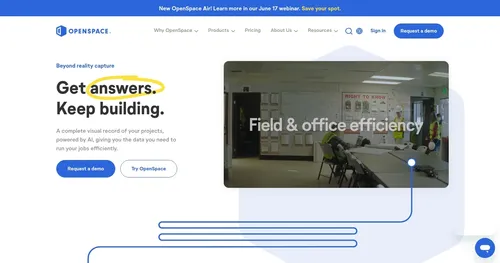 OpenSpace
An AI-powered reality capture platform that helps builders document and manage construction sites
OpenSpace
An AI-powered reality capture platform that helps builders document and manage construction sites
-
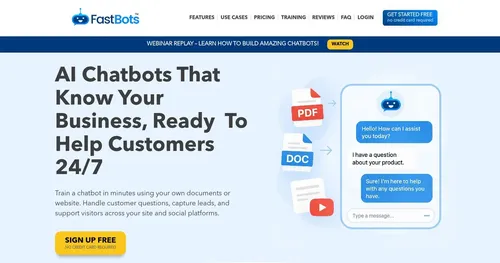 FastBots.ai
An AI-powered chatbot builder that helps businesses create custom chatbots for their websites
FastBots.ai
An AI-powered chatbot builder that helps businesses create custom chatbots for their websites
-
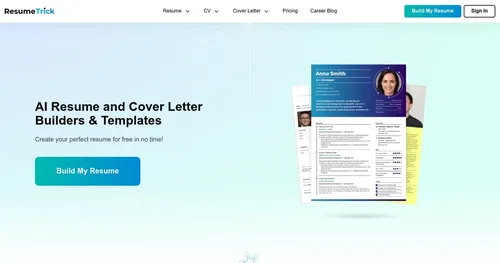 Resume Trick
An AI-powered tool that helps you create professional resumes, CVs, and cover letters
Resume Trick
An AI-powered tool that helps you create professional resumes, CVs, and cover letters
-
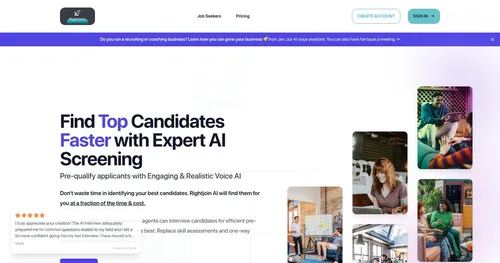 RightJoin
An AI-driven platform that enhances the hiring process by offering voice-based interview solutions
RightJoin
An AI-driven platform that enhances the hiring process by offering voice-based interview solutions
-
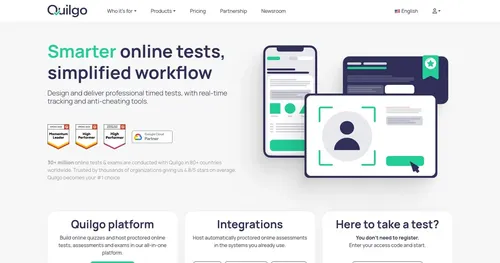 Quilgo
An AI tool that lets you automate online assessments, exams, and interviews
Quilgo
An AI tool that lets you automate online assessments, exams, and interviews
-
Cluely A "Cheat on everything" tool for conversations that overlays your screen and listens to your calls

